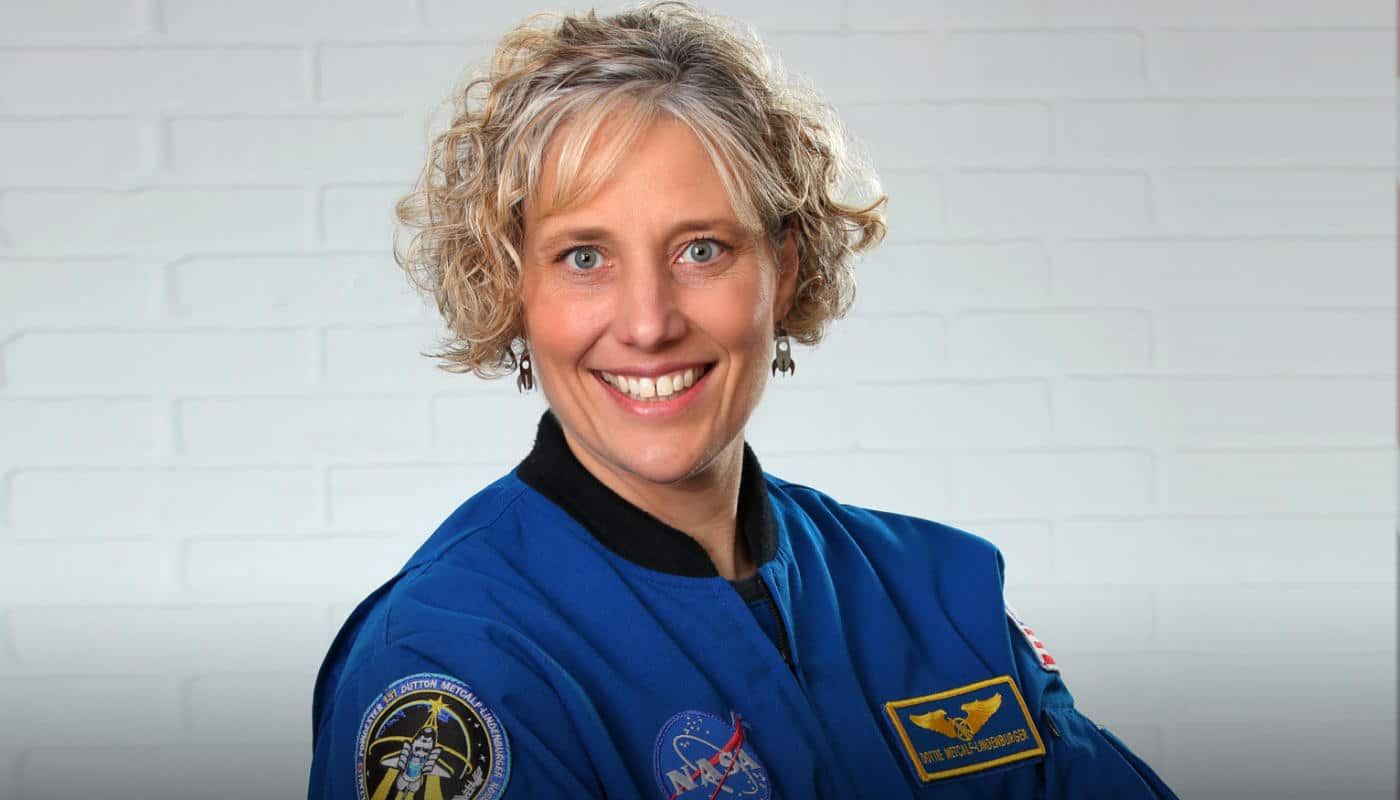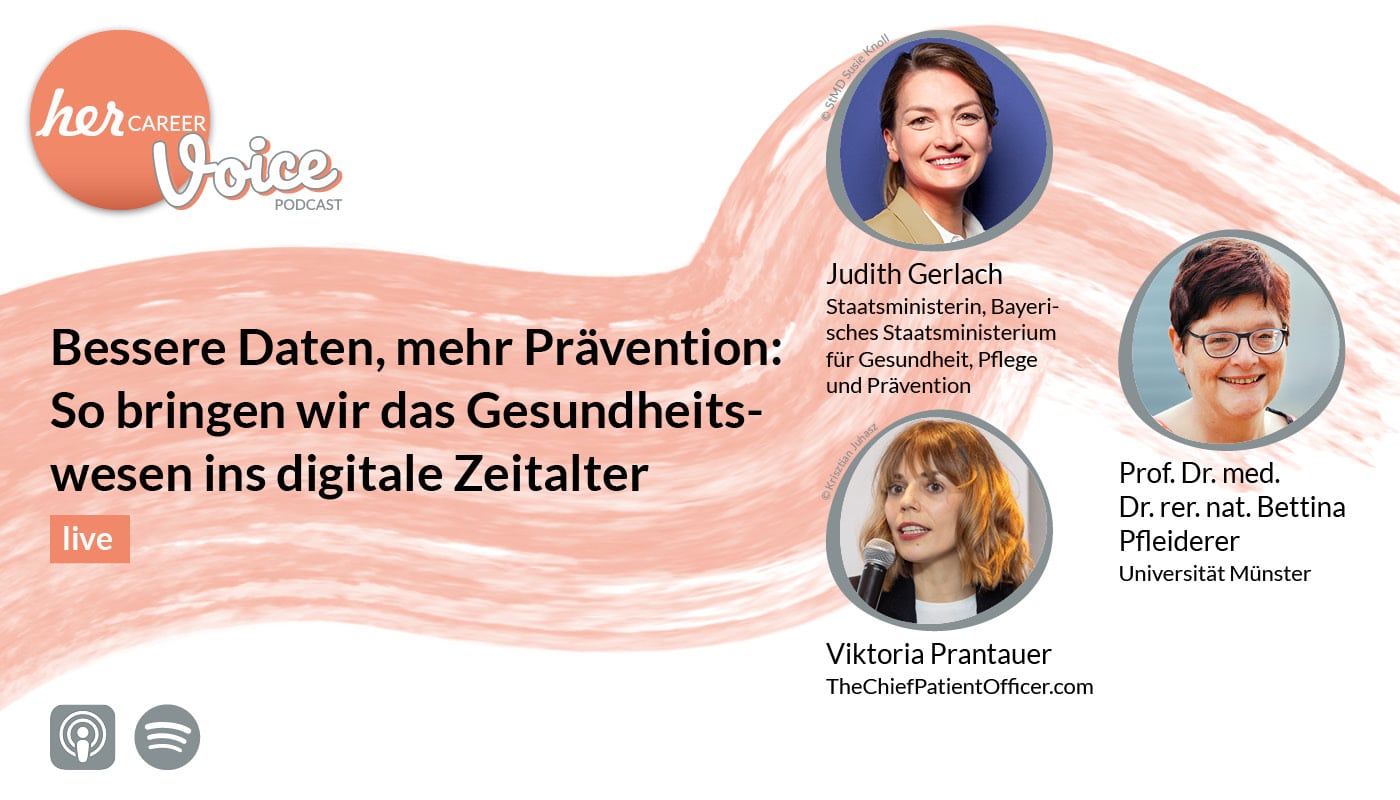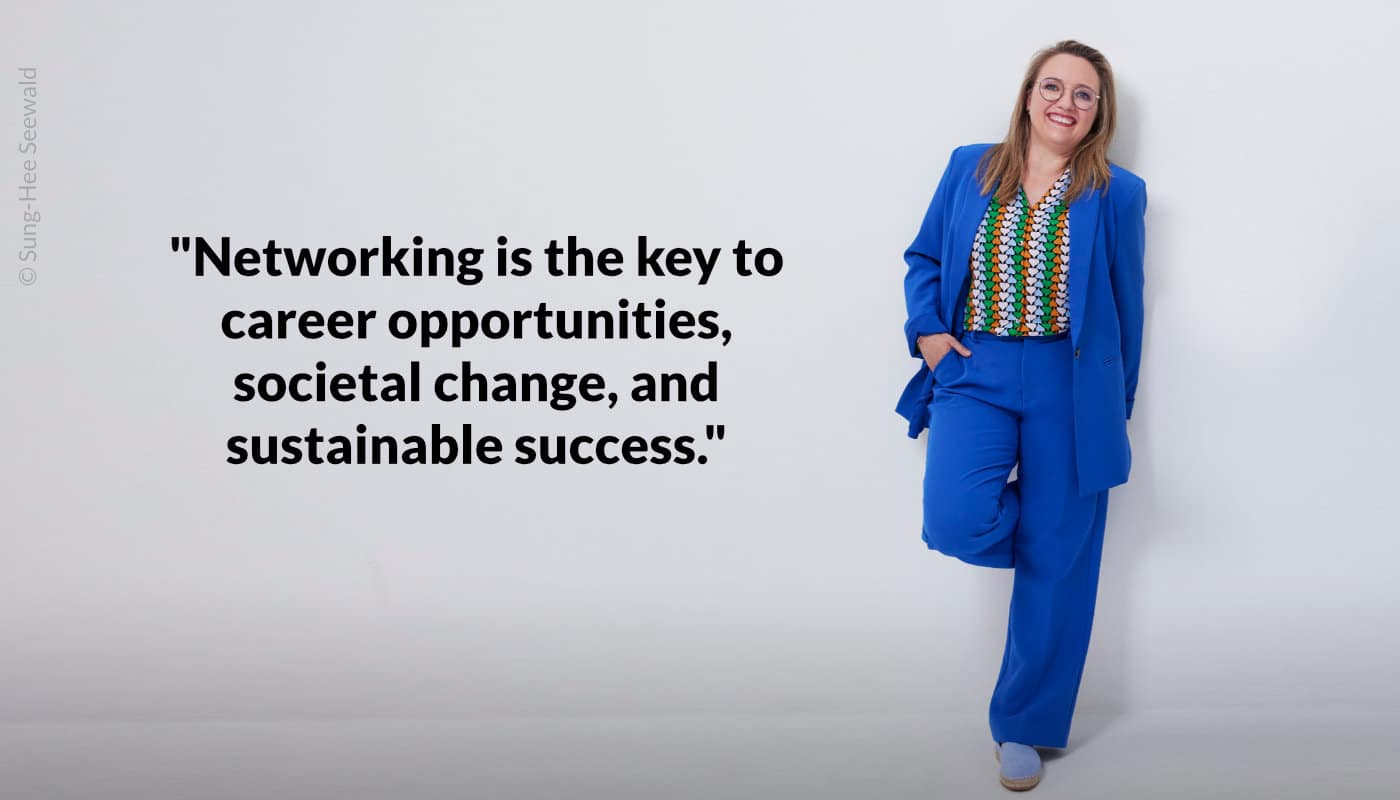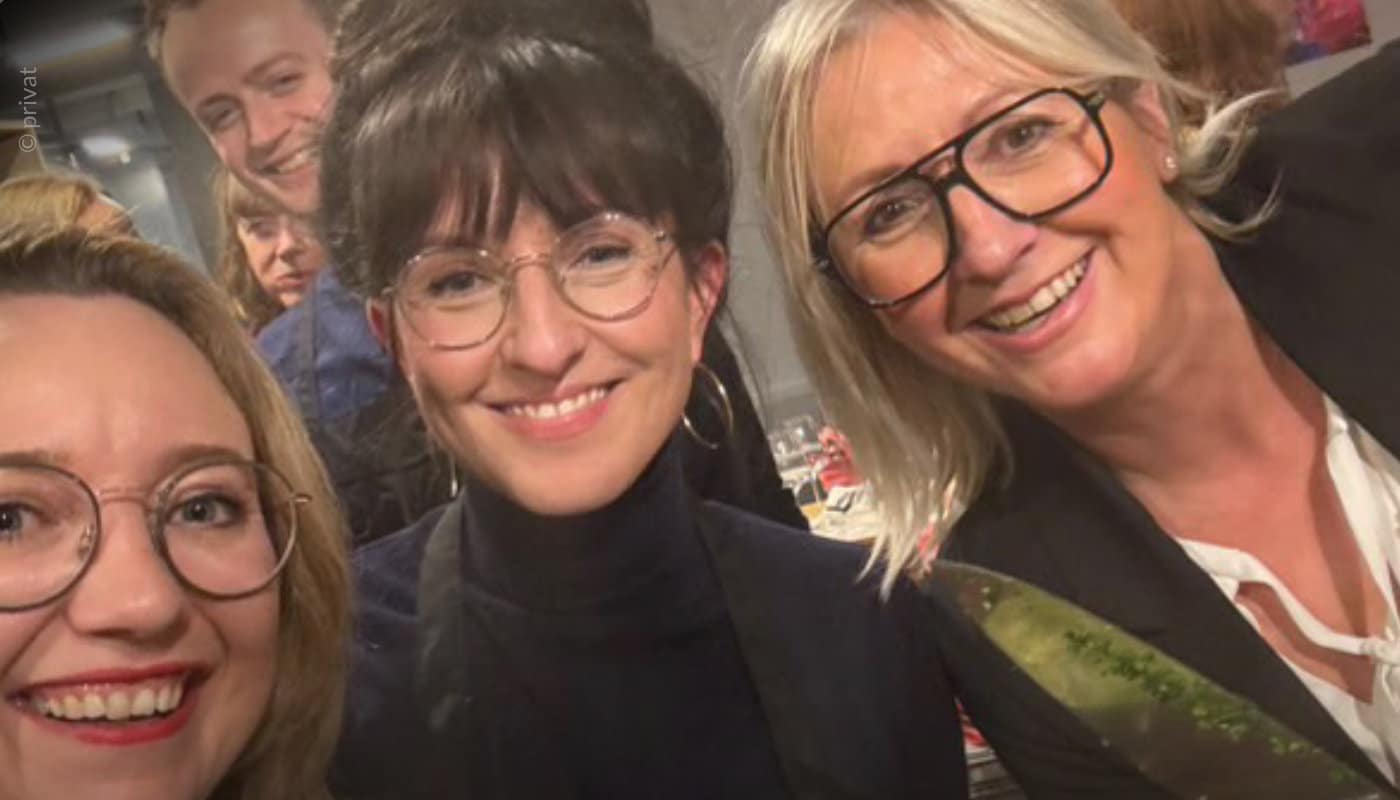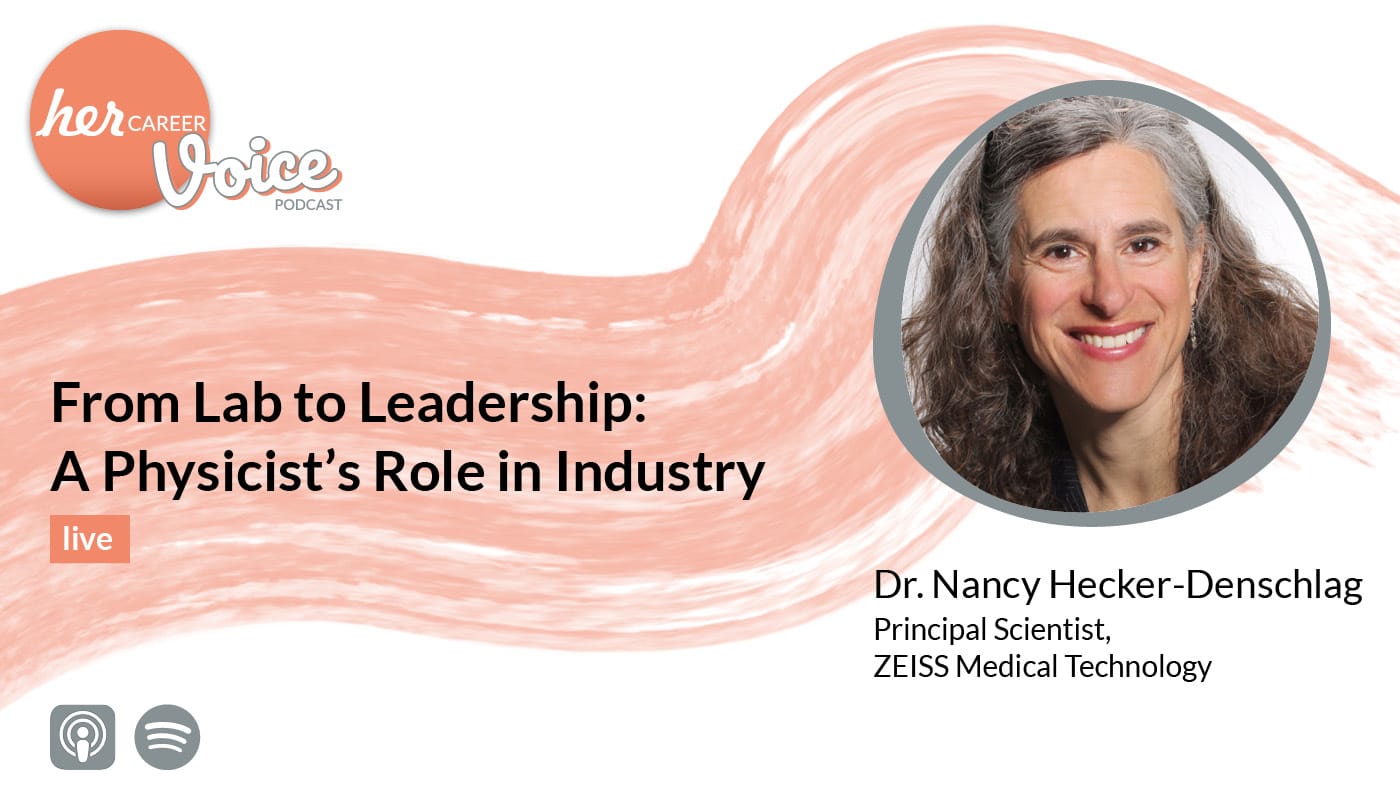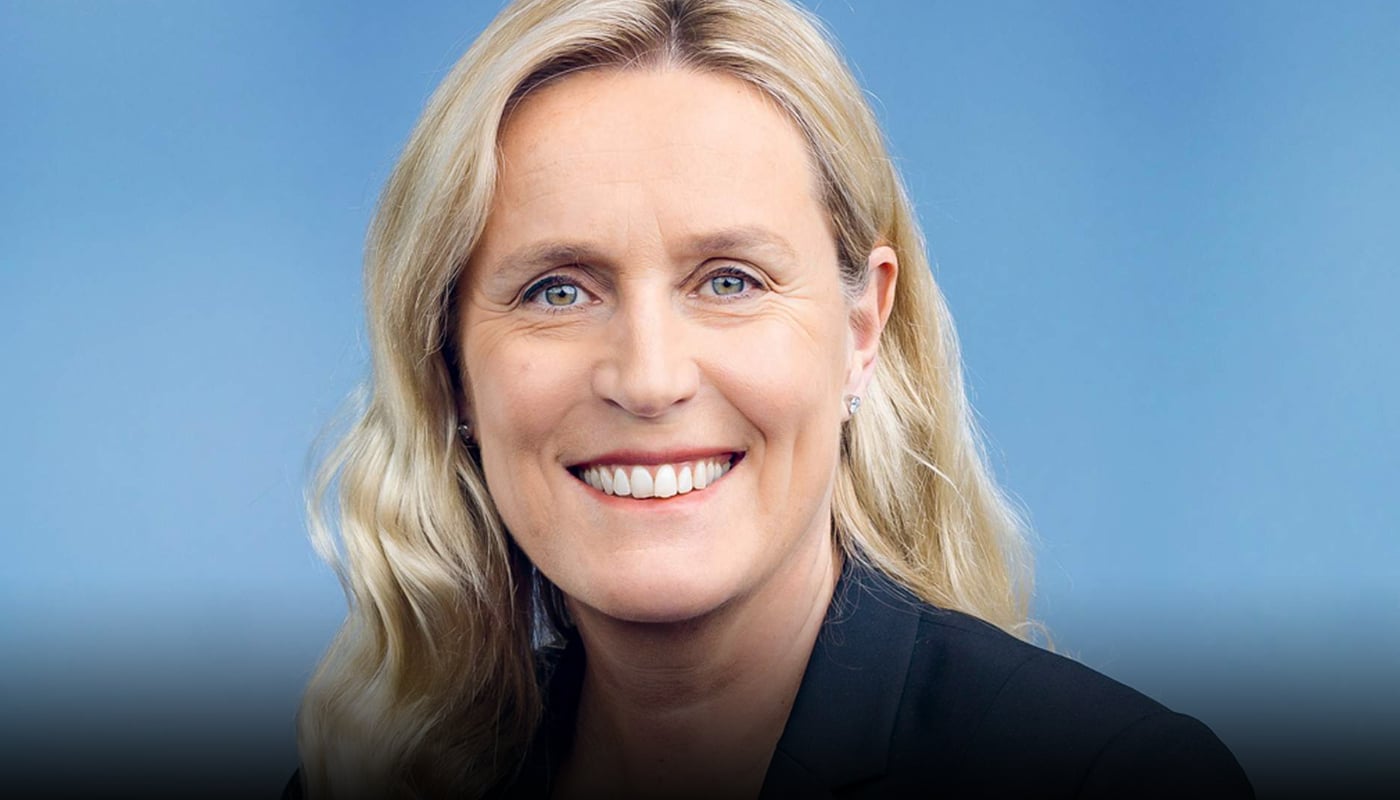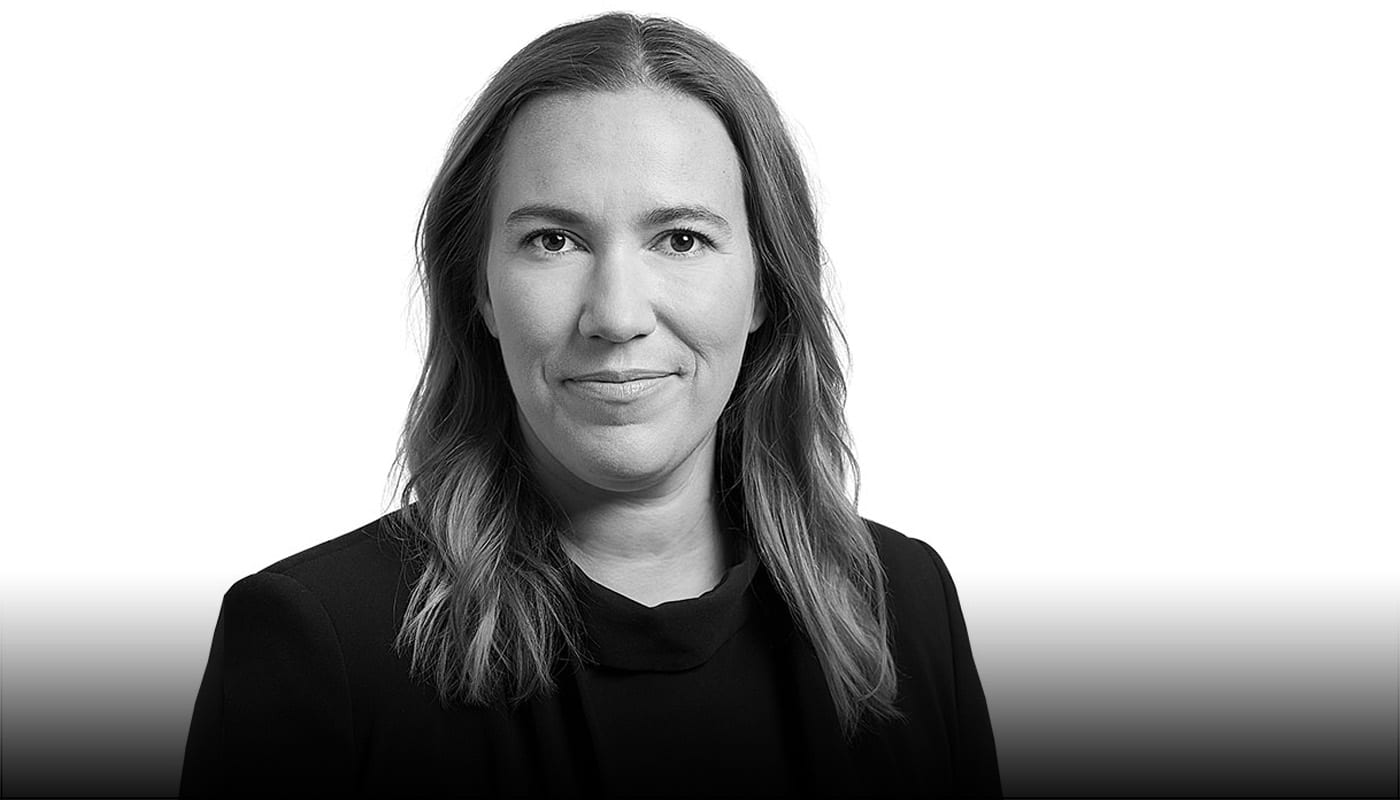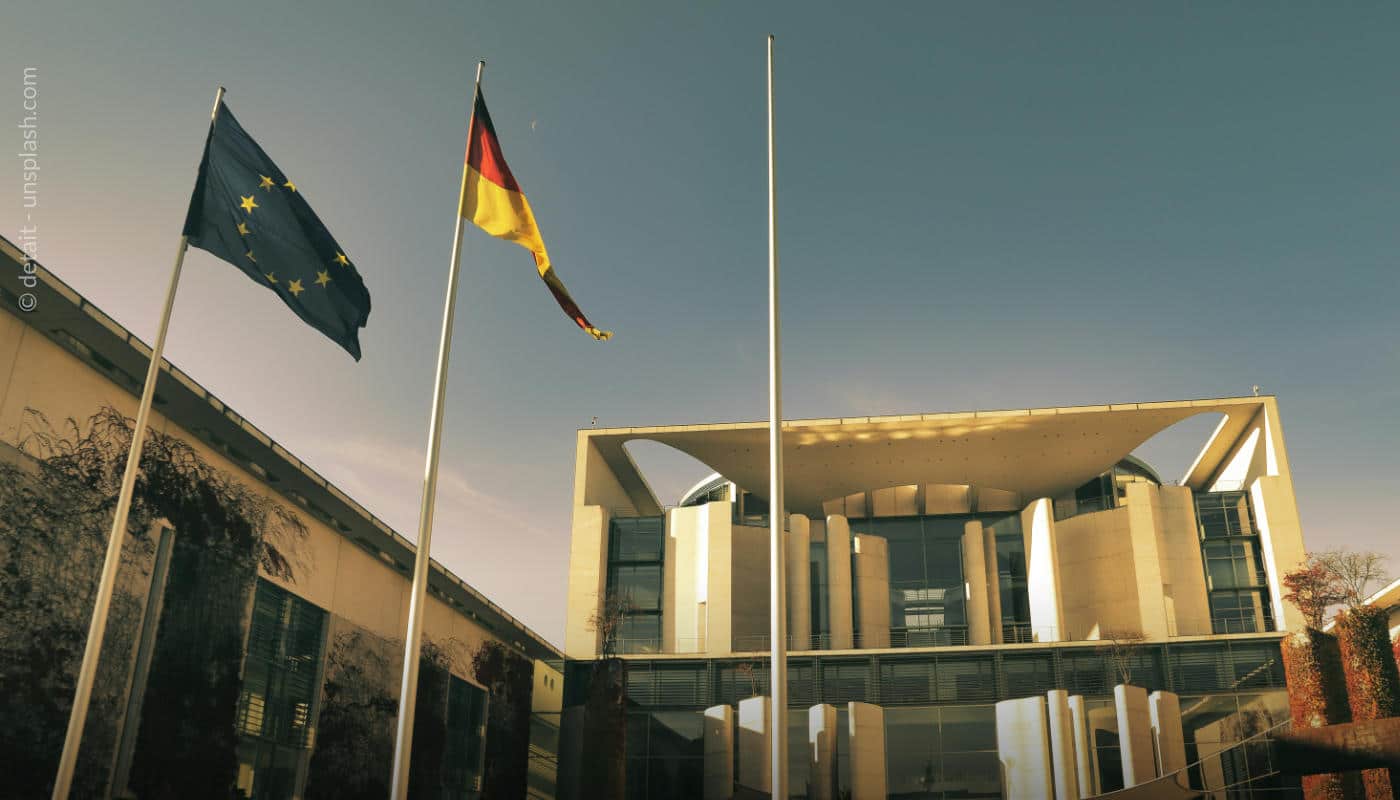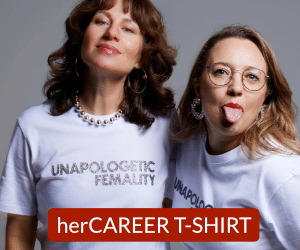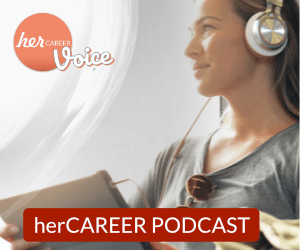The former NASA astronaut, geologist and teacher Dottie Metcalf-Lindenburger loves science, although it didn’t come easy to her, as she says. In our interview, she explains how she handled having her daughter and preparing for space at the same time, and how she achieved her biggest dream – and which goals she had to let go.
„I believe all of us are born with this curiosity to understand the world around us, the people around us, and how we fit into it.”
herCAREER: Dottie, you’ve been teaching high school science and astronomy, when during a unit on human space flight, your students wanted to know how astronauts go to the bathroom in space. Researching that on the NASA website, you stumbled upon a space program for teachers – which ultimately led you to fly to space. How much of this kind of serendipity do you think is needed for dreams to come true?
Dottie Metcalf-Lindenburger: When people talk about their career journey, they never talk about a straight way from A to B, right? Everyone has some sort of setbacks and changes of plan. But that doesn’t mean that you can’t become successful and happy. If you’re on the lookout for your big goals and dreams, there are these key moments that you must be open to.
herCAREER: Was your student’s question your moment of serendipity?
Dottie Metcalf-Lindenburger: I always wanted to be a part of NASA. When I was teaching in high school in 2003, I had spent the summer also looking at universities, because I wanted to get my master’s and finally PhD in geology. When the student asked this question, I just wanted to make sure that she knew her question was interesting and valid. But when it also led to the opportunity to apply to the space program, I would say yes, this was my moment of serendipity.
herCAREER: When it comes to achieving dreams, apart from serendipity, what do you think is crucially important?
Dottie Metcalf-Lindenburger: Curiosity. I believe all of us are born with this curiosity to understand the world around us, the people around us, and how we fit into it. I think that’s a big factor in accomplishing anything: being able to wonder and ask why.
herCAREER: Anything else?
Dottie Metcalf-Lindenburger: Especially when I was selected to be an astronaut, it was important to put myself through the discipline of learning. I stress this with young people, that astronauts have two years of training before they can be considered ready for spaceflight. Once astronauts are in the corps, they are challenged physically and mentally. It’s a lot to learn. I love science, but science did not come easy to me.
herCAREER: You are a runner – is there any analogy in running for your personal dream and running in your running shoes?
Dottie Metcalf-Lindenburger: I always felt confident and strong when I was running. And in high school, I became competitive and joined a cross-country team. And as we said, there are setbacks. I was doing really well, and I had qualified for our state competition, the highest competition for Colorado. And then I got injured and I couldn’t run.
herCAREER: Oh no.
Dottie Metcalf-Lindenburger: It was a stress fracture, and it hurt extremely bad. I really love running. I didn’t want to quit. But I had to recognize that I can’t always be the best.
herCAREER: How did you get through this moment?
Dottie Metcalf-Lindenburger: It helps a lot to surround yourself with good people who are encouraging you, but also letting you know that you need to heal. I also realized that I had to change my goals. They can still get you ultimately where you want to go, but they may not need to be as aggressive. Readjusting and recalibrating is important in everything we do. When I had my daughter, I realized, now I needed to add more time to be with her, which I love. But that means I have less time for other things. And that’s fine.
herCAREER: Your daughter was born in 2007. At the same time, you were preparing to go to space. How did that go?
Dottie Metcalf-Lindenburger: I had graduated from astronaut training, but there was a long line of deserving astronauts in front of me, who wanted to fly to space and had been waiting for years. My husband and I thought this might be a window in which we could have a kid.
herCAREER: How did you experience your pregnancy?
Dottie Metcalf-Lindenburger: During the first trimester of pregnancy, you’re still allowed to fly in the T-38 jet, but then after that first trimester, you are no longer able to fly. For me it was a reminder, that I also learned from athletics: Anytime something goes away, it’s also capable of coming back. And you just must be patient and recognize that’s part of the process. I ended up working until the day I went into labor, which was not how I planned it!
herCAREER: How was it afterwards?
Dottie Metcalf-Lindenburger: At the time in the United States, women were only given six weeks off, which is so different than in Germany and a lot of other countries. I knew that that wasn’t going to be enough time. I also used sick leave and vacation leave and took three months off, which still is not a lot.
herCAREER: After three months you started to train again?
Dottie Metcalf-Lindenburger: I jumped right back into spacewalk training, which was hard, because you’re in a big suit underwater. I was still physically fit enough, but my body had also changed, and I was still breastfeeding. It took some adapting. Being four to six hours underwater felt uncomfortable. I was young at the time, and, looking back, I think it would have been better to advocate for a few more months off before jumping back into this specific training.
herCAREER: Is that what you would advise female astronauts?
Dottie Metcalf-Lindenburger: Absolutely, looking backwards, this would be one of those moments that I wouldn’t recommend to women astronauts. Don’t rush it. There’s no need to come back at three months if you can avoid it. Sometimes being a woman, you try not to ask for special things, but in this case, I really wish that I just said: hey, it’s just not the right timing.
herCAREER: How did you experience in general being one of the fewer women at NASA?
Dottie Metcalf-Lindenburger: Now, thankfully, they’re hiring more and more women. So now the current astronaut office is closer to 50:50 than it’s ever been before. But at the time I was there, it was about 20% women. And maybe half of those women were moms. With things like we just talked about like parental leave, on the one hand you would like to speak up, but on the other hand you’re not sure what it will do to your career, and you don’t want it to be used against all women. I’m just glad that it’s changing.
herCAREER: Is there anything you learned during the astronaut program that still helps you today in everyday life?
Dottie Metcalf-Lindenburger: Yes. I always think of prioritization and risk management. My husband, my daughter, my parents – anything that has to do with the safety and well-being of the family is first. And then I shed the other things.
herCAREER: Coming back to dreams: Obviously there are lots of people whose dreams do not come true, what advice would you have for those who needed to let their dreams go?
Dottie Metcalf-Lindenburger: Honestly, we all must let dreams go. When I was young and figuring out what my threshold of running was, I would watch the Olympics and ask myself: Wow, I wonder if I could do that? And then at some point I just recognized that’s not in the cards for me. But I still love running. It’s okay to let your Olympian self go and focus on other things that make you happy.
herCAREER: What are people most interested in, when you tell your story?
Dottie Metcalf-Lindenburger: That depends a lot on the age of the audience. A lot of people are interested in how flying to space changes you spiritually.
herCAREER: How does it?
Dottie Metcalf-Lindenburger: It didn’t necessarily change my philosophy of life, but it deepened things that I already hold true. To me, flying to space connected me more to Earth, because when you’re away from all the people that you know and love, you feel even more tied to them. And then looking out into the vastness and darkness of space and seeing all the stars is also very humbling. – But a question the kids are interested in is definitely the bathroom one.
herCAREER: So how are astronauts going to the bathroom then?
Dottie Metcalf-Lindenburger: There is a funnel connected to a hose, like a vacuum cleaner. The urine is sucked into the system, and through several steps the water portion of urine is recovered. And just a tiny portion of the urine, the dissolved salts and other constituents we call “brine’, is filtered out and disposed of. Then, of course, kids always want to know what happens to the solid part of our waste. An astronaut uses a bag and goes to the bathroom in the bag and seals it up. And that part we don’t reuse, thankfully. After enough of these bags accumulate, an entire canister gets sealed up and put into a vehicle that will burn up in the atmosphere and finally becomes space dust.
herCAREER: You once said that you always keep dreaming. What’s your current dream?
Dorothy Metcalf-Lindenburger: My daughter is almost in her last year of high school before going off to university. Until then, I want to spend as much time with her as I can. My big long-term goal is to work on protecting Planet Earth – or as we call it, Spaceship Earth.
About Dorothy Metcalf-Lindenburger
With math and science teachers for parents, Dottie Metcalf-Lindenburger was drawn to learning and exploration from an early age.
The hard-won success of legends Sally Ride and Kathryn Sullivan – and later the tragedy of teacher-astronaut Christa McAuliffe – made indelible impressions on her. So did a childhood visit to Space Camp, where Dottie purchased, and later built, a model of the Space Shuttle Discovery — an almost prophetic choice.
As a high school science teacher, Dottie found herself on the NASA website, researching a question for a student (“How do astronauts go to the bathroom in space?”). That random moment led her to applying to become an astronaut, and – ultimately – to space. Exactly 20 years after building that model of the Discovery Space Shuttle, Dottie rode the actual Discovery Shuttle to the ISS.
After living in outer space – while juggling life as a spouse and mother! – Dottie dove into another extreme. As the commander of the NASA Extreme Environment Mission Operations (NEEMO) 16, she led an international crew in this underwater habitat of aquanauts and habitat technicians. They simulated spacewalks that helped inform future space research and exploration.
Committed to Spaceship Earth, Dottie went on to become a geologist who investigated and treated impacted or contaminated groundwater, soil, and sediments.
Now, as the 53rd woman and one of only four educator astronauts to fly in space, Dottie brings a perspective in her speaking programs that only those who’ve left Earth can share. Companies like Microsoft, BCG, Qualcomm, Texas Instruments, and myriad biotech firms – along with trade associations and schools – rely on Dottie to learn about realizing bold dreams in a beautiful, chaotic world.
